All products featured are independently chosen by us. However, SoundGuys may receive a commission on orders placed through its retail links. See our ethics statement.
Shure AONIC 50 vs Sony WH-1000XM3
June 19, 2021
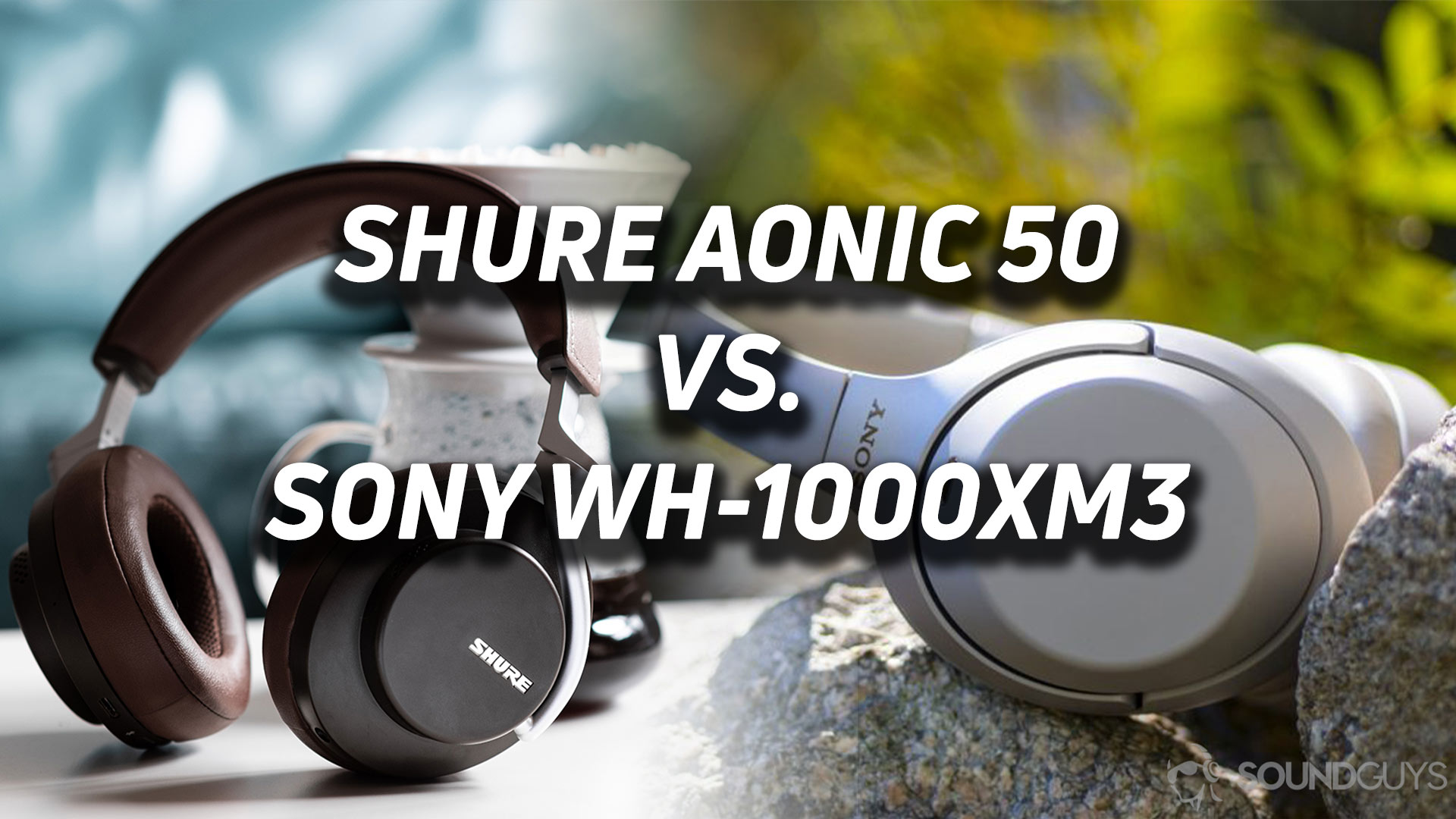
Spending upwards of $350 on headphones isn’t an easy decision to make, and no one wants to feel the nauseating pang of buyer’s remorse. Today, we’re breaking down the matchup of the Shure AONIC 50 vs the Sony WH-1000XM3 to see what headset is best for your needs. Whether you’re a frequent flyer or remote worker, noise canceling headphones are sure to benefit you.
Editor’s note: this Shure AONIC 50 vs Sony WH-1000XM3 article was updated on June 20, 2021, to address the Sony WF-1000XM4 and Shure AONIC 215 as a more portable alternatives.
Shure AONIC 50 vs Sony WH-1000XM3: Fit and hardware
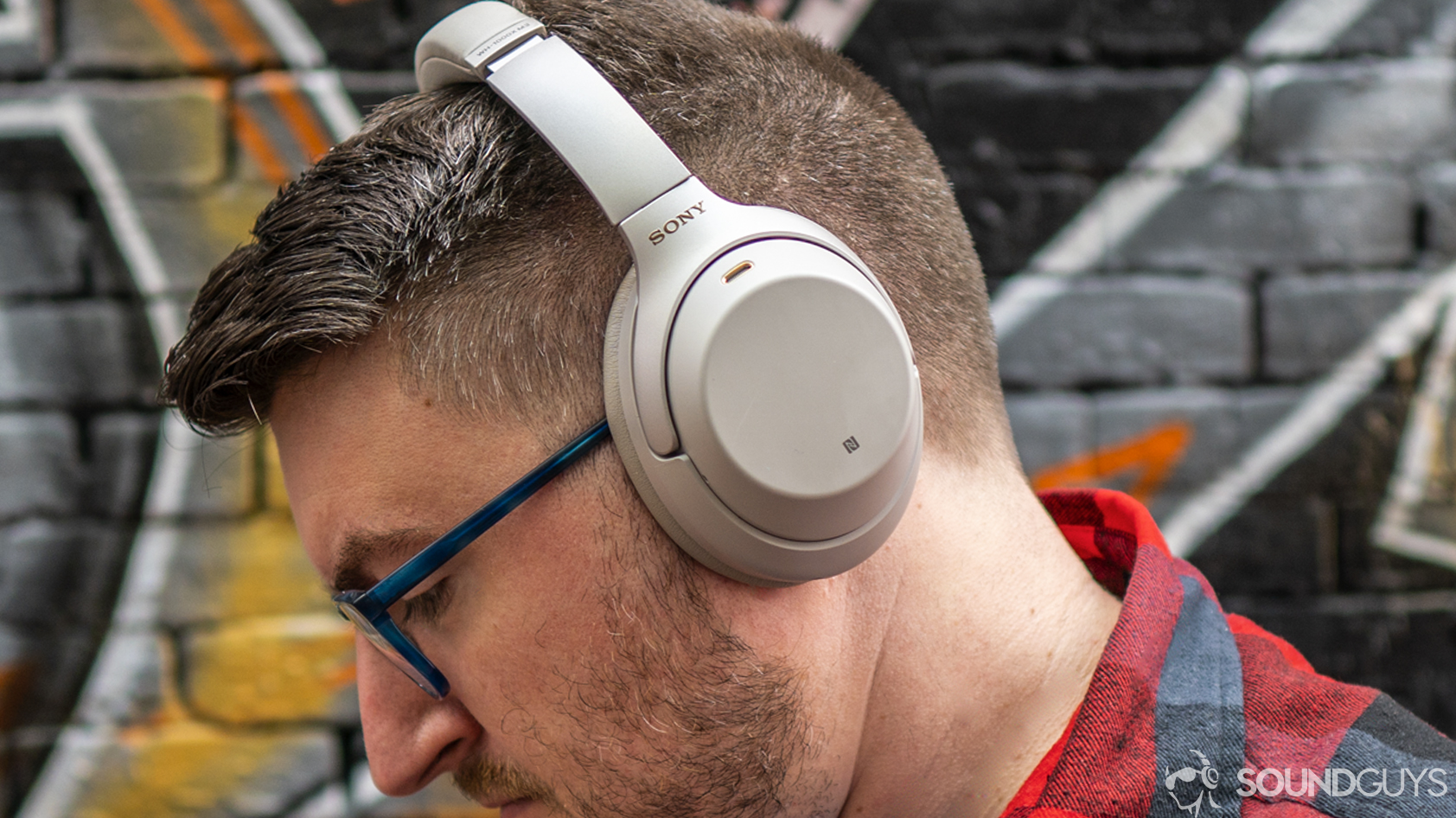
Both headsets have plastic ear cup housings and replaceable synthetic memory foam earpads, meaning vegans have their pick of the premium noise canceling headset litter. Sony’s earcups take a more oblong shape than Shure’s which conserves space and follows the natural outline of the human ear. The earpads on the AONIC 50 still leave plenty of room for you to wiggle those lobes, though.
Start here: Ultimate headphone buying guide
Sony’s best headphones are better for travelers because its headphones have a more versatile design; users can rotate the ear cups to lay flat or fold the cups toward the headband. Shure’s ear cups can only be rotated to lie flat on a surface. This makes it less travel-friendly, but more durable because it reduces breakage points by omitting inward rotation. The value of durability is subjective to a point, but the WH-1000XM3 are objectively 80 grams lighter than the AONIC 50, making them more appealing when gram counts.
The Shure AONIC 50 allow passthrough listening via the USB-C input.
Before the Shure AONIC 50 headphones’ size scares you away, I can assure you that Shure’s headset doesn’t feel nearly as heavy as its weight indicates. The headband evenly distributes weight along the head while avoiding excess clamping force. As someone who regularly wears glasses, I was pleasantly surprised by how comfortable the AONIC 50 remained for hours at a time.
Regardless of which pair of noise canceling headphones you get, you’ll benefit from USB-C charging and a headphone jack for high-resolution listening, which is particularly beneficial for those with FLAC libraries or subscriptions to Amazon Music HD. Both the Shure AONIC 50 and Sony WH-1000XM3 include a hard, zippered carrying case for travel; though, Shure’s is comically huge because the headset can’t collapse into itself.
Onboard controls
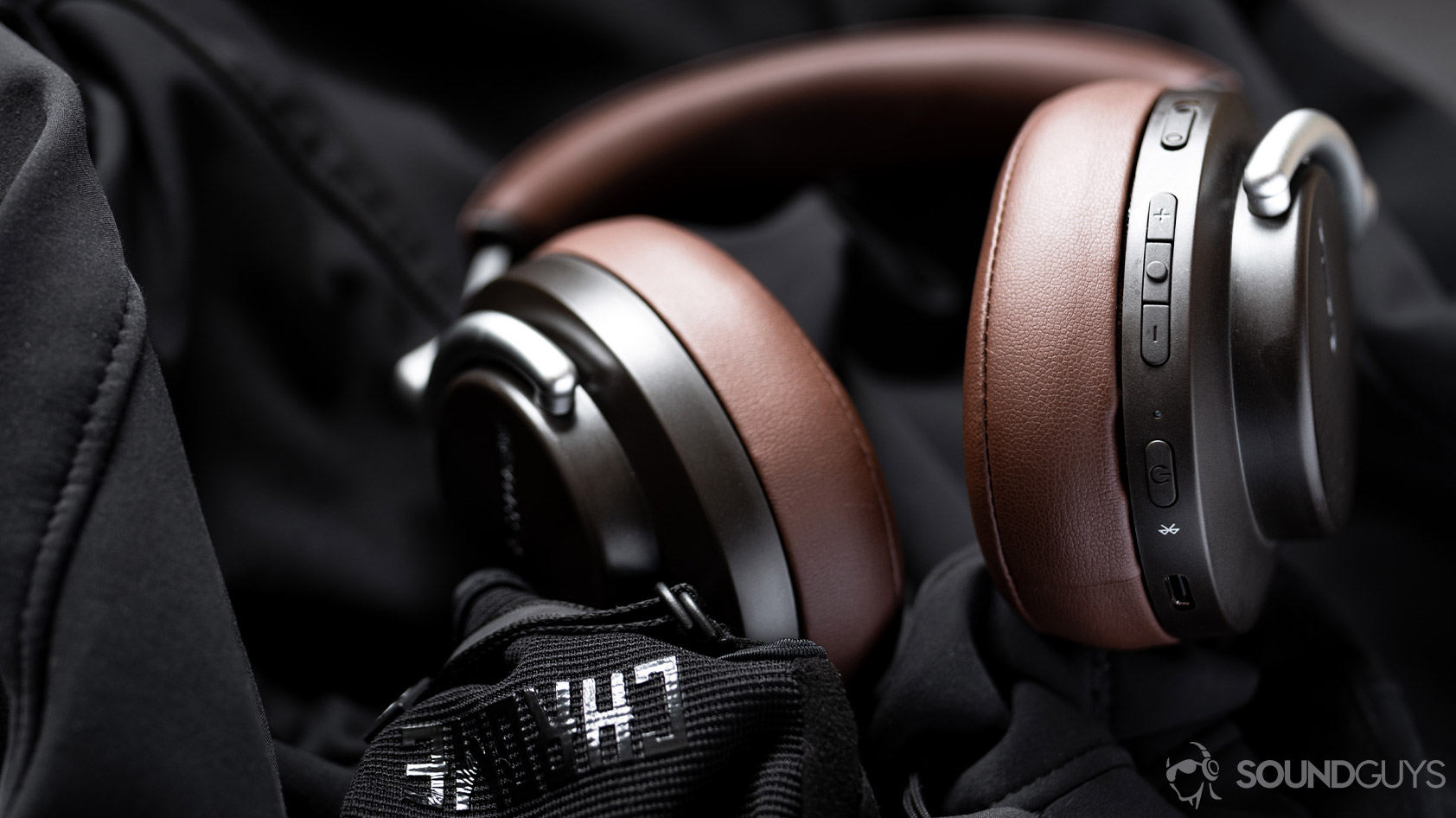
You can control playback, noise cancellation/passthrough, volume levels, and access your virtual assistant directly from either pair of headphones. To enable the latter on the WH-1000XM3, you have to download the Sony | Headphones Connect app, and remap the ANC button to access Google Assistant, Siri, or Alexa. On the other hand, the multifunction button on the AONIC 50 supports this from the jump while also having a separate ANC toggle switch. It makes things a little easier, but Sony’s process isn’t hugely inconvenient by any means.
Which headset has better software?
The Sony WH-1000XM3 has a more comprehensive app than Shure’s. With the Sony Headphones Connect app, you can create a custom EQ that works with any media player, while Shure’s five-band custom EQ only works with local files played from its app.
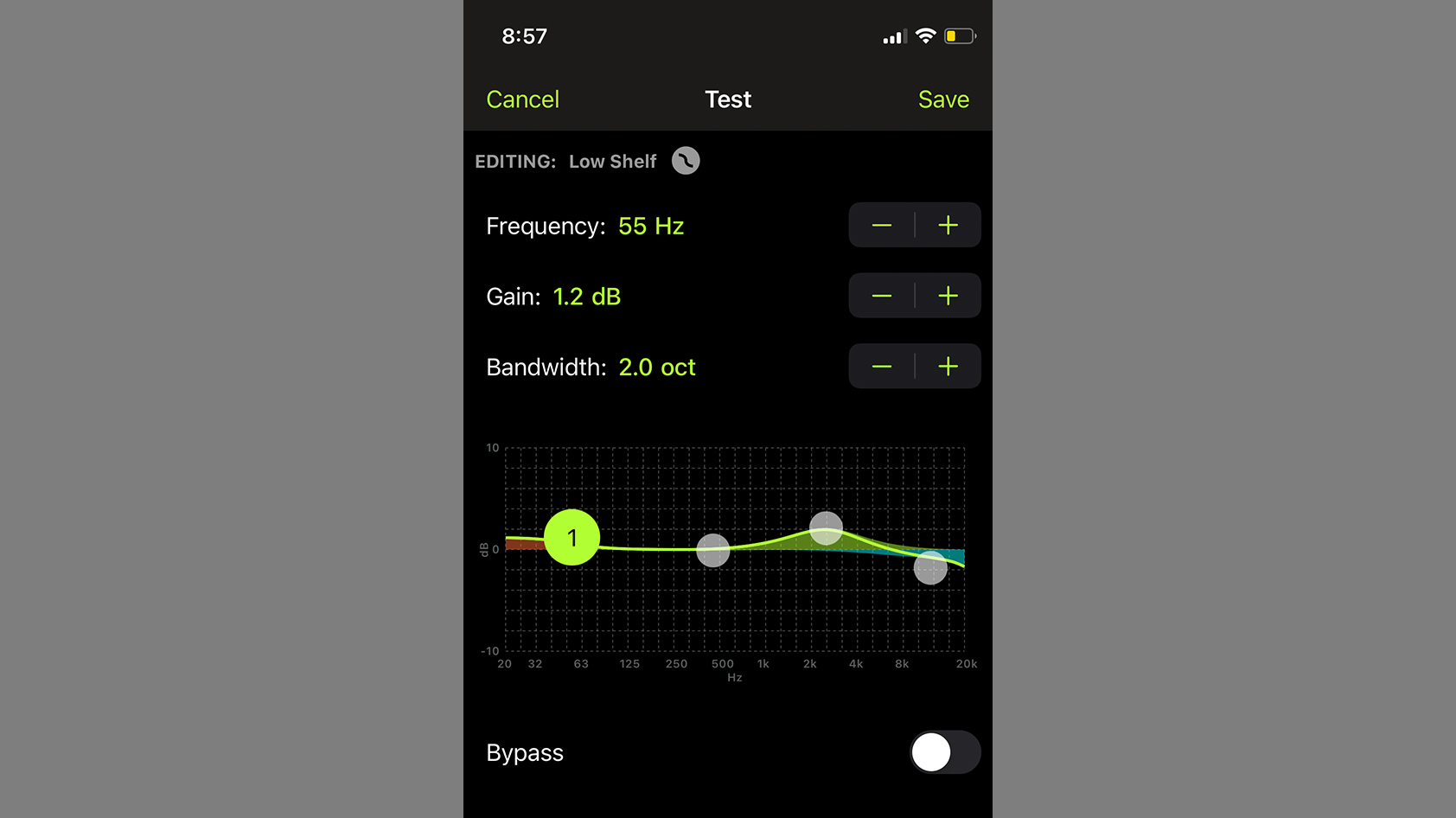
You can also use the Sony mobile app to direct the headset to prioritize sound quality over connection stability. You also get access to Sony 360° Reality Audio. Using the free app, you can photograph your ears and upload the images to Sony. They’ll be analyzed by a machine learning algorithm, and from there you’ll be able to enjoy music in 3D space from popular streaming services like Deezer, Amazon Music HD, Tidal, and Nugs.net.
Sony 360° Reality Audio is more than a gimmick and uses MPEG-H to remaster songs dating back to the 1970s, while Shure’s app offers nothing of the sort. Instead, the ShurePlus PLAY app focuses on the basics and lets you toggle between two levels of ANC intensity (or disable it completely), and make more granular adjustments to audio passthrough intensity.
These are philosophically different microphone systems
Sony went with a very neutral frequency response across the board, which makes for an accurate sound no matter how high or low your voice is; the downside is how this may introduce unwanted sounds like the proximity effect. This is when low-pitched sounds are amplified as a speaker gets too close to the microphone, something that Shure’s system combats by attenuating low-frequency sounds. During our initial testing, the mic array went a bit far with this and rendered vocals somewhat “distant.” After an update to firmware version 0.4.9, microphone quality dramatically improved, rendering vocals much clearer while mitigating distant, low-frequency noises.
Shure AONIC 50 microphone demo (firmware 0.4.9):
Sony WH-1000XM3 microphone demo:
An advantage of Sony’s microphone system is its ability to filter out background noise, which the Shure AONIC 50 doesn’t do as well; so for regular use, the Sony WH-1000XM3 is the better pick. However, if you typically take calls in quiet environments, the Shure AONIC 50 is still pretty good—not surprising, given Shure’s pedigree as a microphone manufacturer for the ages.
Which microphone do you think sound better?
The Shure AONIC 50 supports the most Bluetooth codecs
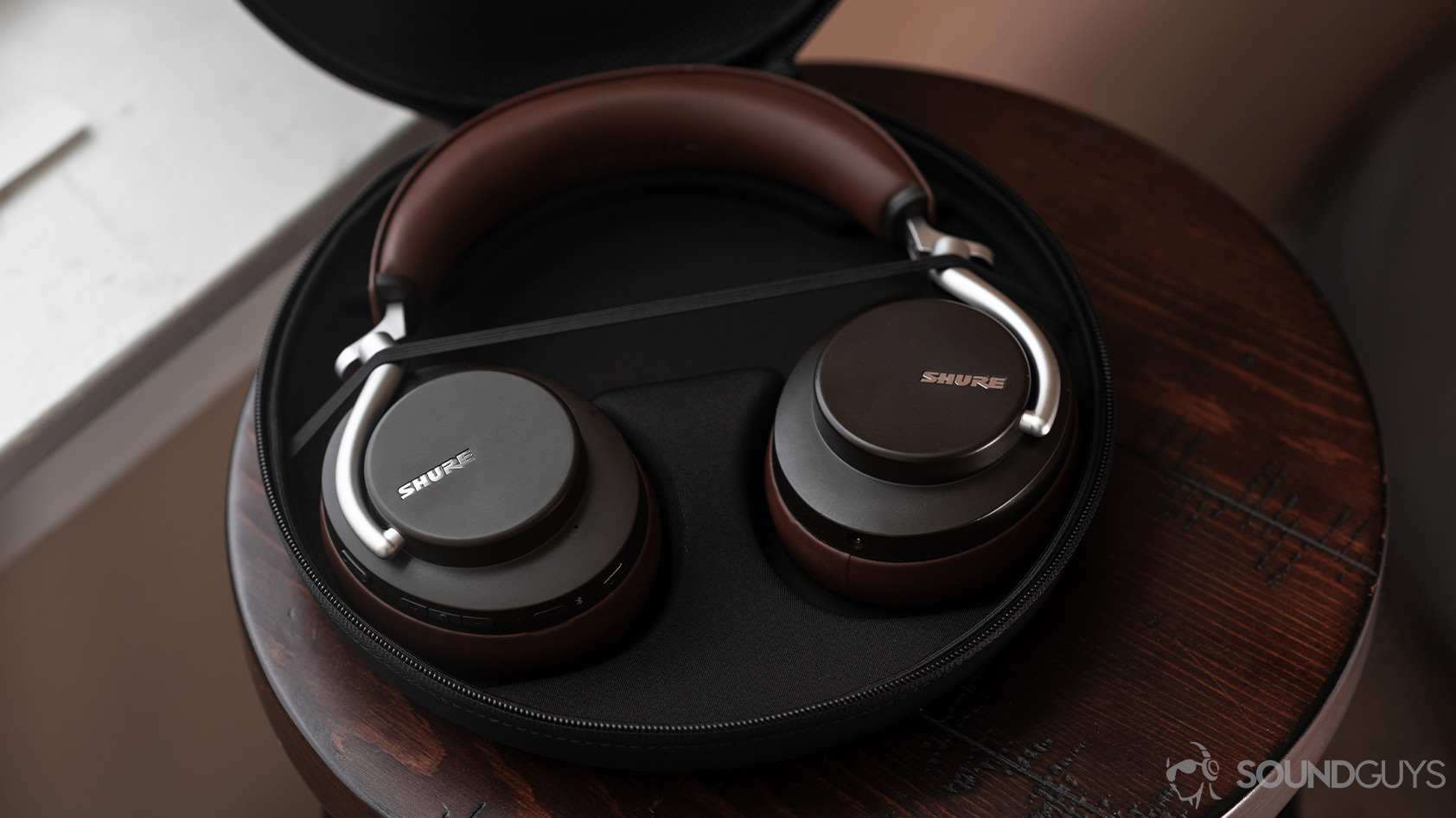
The Sony WH-1000XM3 and Shure AONIC 50 are both Bluetooth 5.0 headsets that support virtually every Bluetooth codec one could want; yet, Shure has bragging rights because it also supports Qualcomm’s aptX Low Latency codec. The Sony WH-1000XM3 supports aptX HD, LDAC, AAC, aptX, and SBC, while the Shure AONIC 50 supports aptX Low Latency, aptX HD, LDAC, aptX, AAC, and SBC.
| Shure Aonic 50 | Sony WH-1000XM3 | Bose Headphones 700 | Bose QC 35 II | |
|---|---|---|---|---|
SBC | Shure Aonic 50 ✔ | Sony WH-1000XM3 ✔ | Bose Headphones 700 ✔ | Bose QC 35 II ✔ |
AAC | Shure Aonic 50 ✔ | Sony WH-1000XM3 ✔ | Bose Headphones 700 ✔ | Bose QC 35 II ✔ |
aptX | Shure Aonic 50 ✔ | Sony WH-1000XM3 ✔ | Bose Headphones 700 | Bose QC 35 II |
aptX HD | Shure Aonic 50 ✔ | Sony WH-1000XM3 ✔ | Bose Headphones 700 | Bose QC 35 II |
aptX LL | Shure Aonic 50 ✔ | Sony WH-1000XM3 | Bose Headphones 700 | Bose QC 35 II |
LDAC | Shure Aonic 50 ✔ | Sony WH-1000XM3 ✔ | Bose Headphones 700 | Bose QC 35 II |
Those who stream a lot of TV shows and movies on Android devices should pony up for the Shure AONIC 50 in order to enjoy lag-free videos. The other leg up it has on the Sony WH-1000XM3 is Bluetooth multipoint support: the AONIC 50 may connect to two devices at a time. Although the WH-1000XM3 is also technically capable of this, its functionality is limited because one device can only for calls while the secondary can only be used for media playback, instead of enabling both functions on both devices.
The Sony WH-1000XM3 has better battery life than the Shure AONIC 50
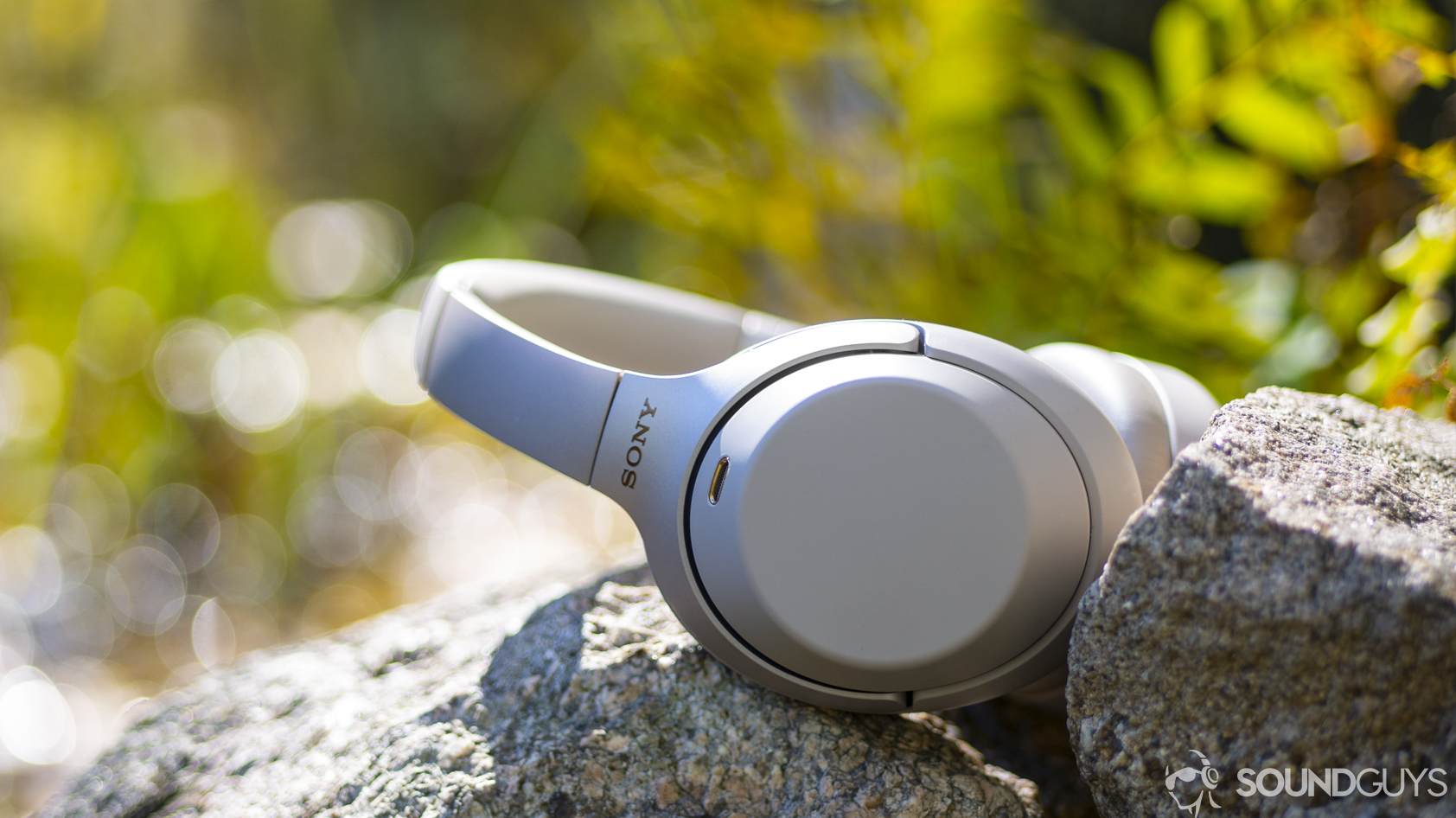
This metric was the easiest to measure, because we subjected each pair of headphones to a constant 75dB(SPL) output with noise canceling on high until the batteries depleted. Our testing showed that the Sony WH-1000XM3 lasts 24 hours when subjected to these conditions, and the Shure AONIC 50 lasts just shy of 20 hours under the same conditions. Both headsets are impressive, but this one clearly goes to Sony.
Noise cancellation is neck-and-neck
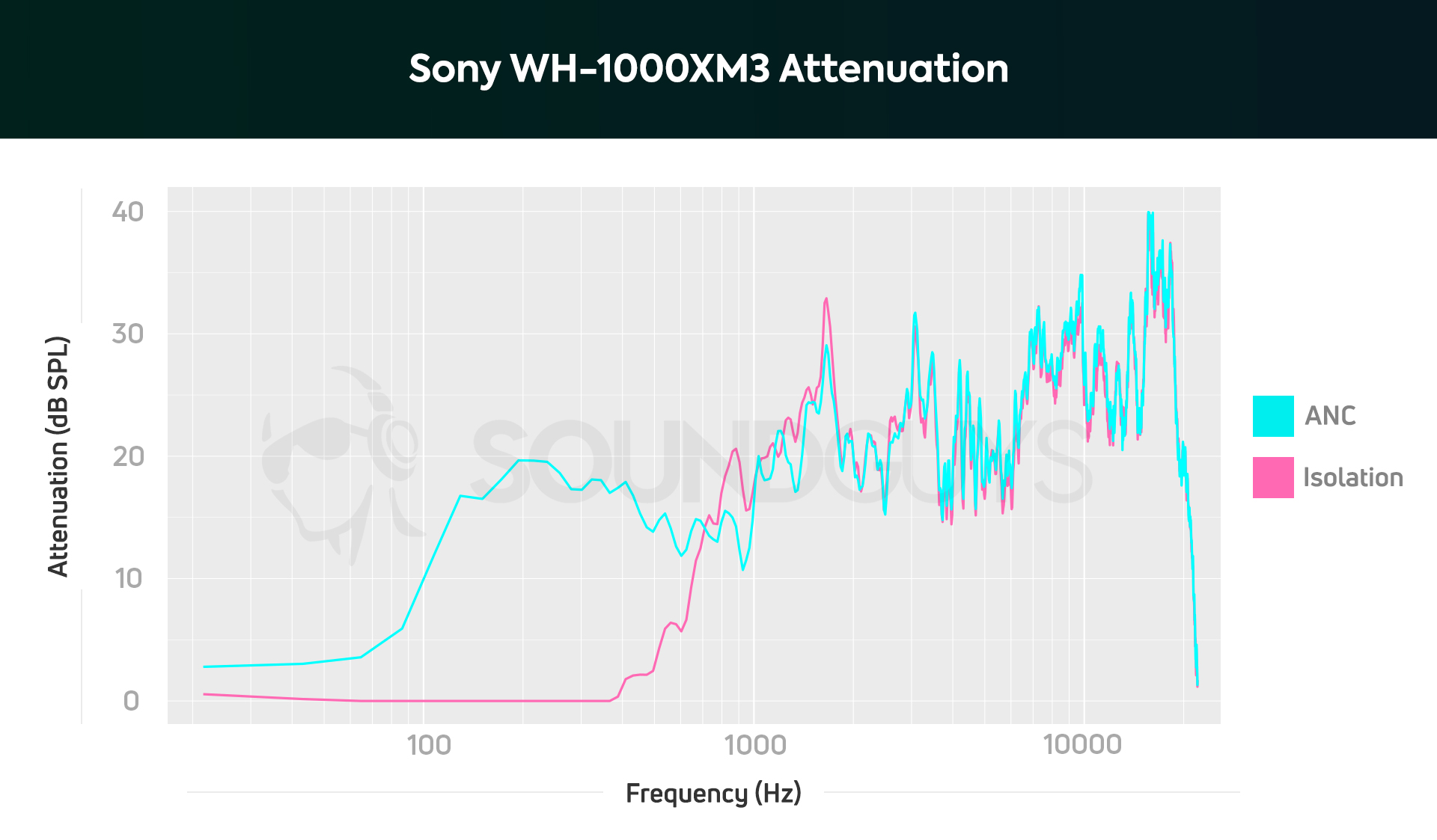
Sony’s headset reigns supreme in the noise canceling space because it’s highly recommended by reviewers and marries functionality with price, comfort, and battery life. Broadly speaking, the Sony WH-1000XM3 outperforms the AONIC 50 when it comes to noise cancellation across the entire frequency range. However, frequent flyers or commuters benefit more from the Shure AONIC 50: it does a much better job of attenuating low-frequency sounds (e.g. a jet engine, subway rumbles) than Sony’s.
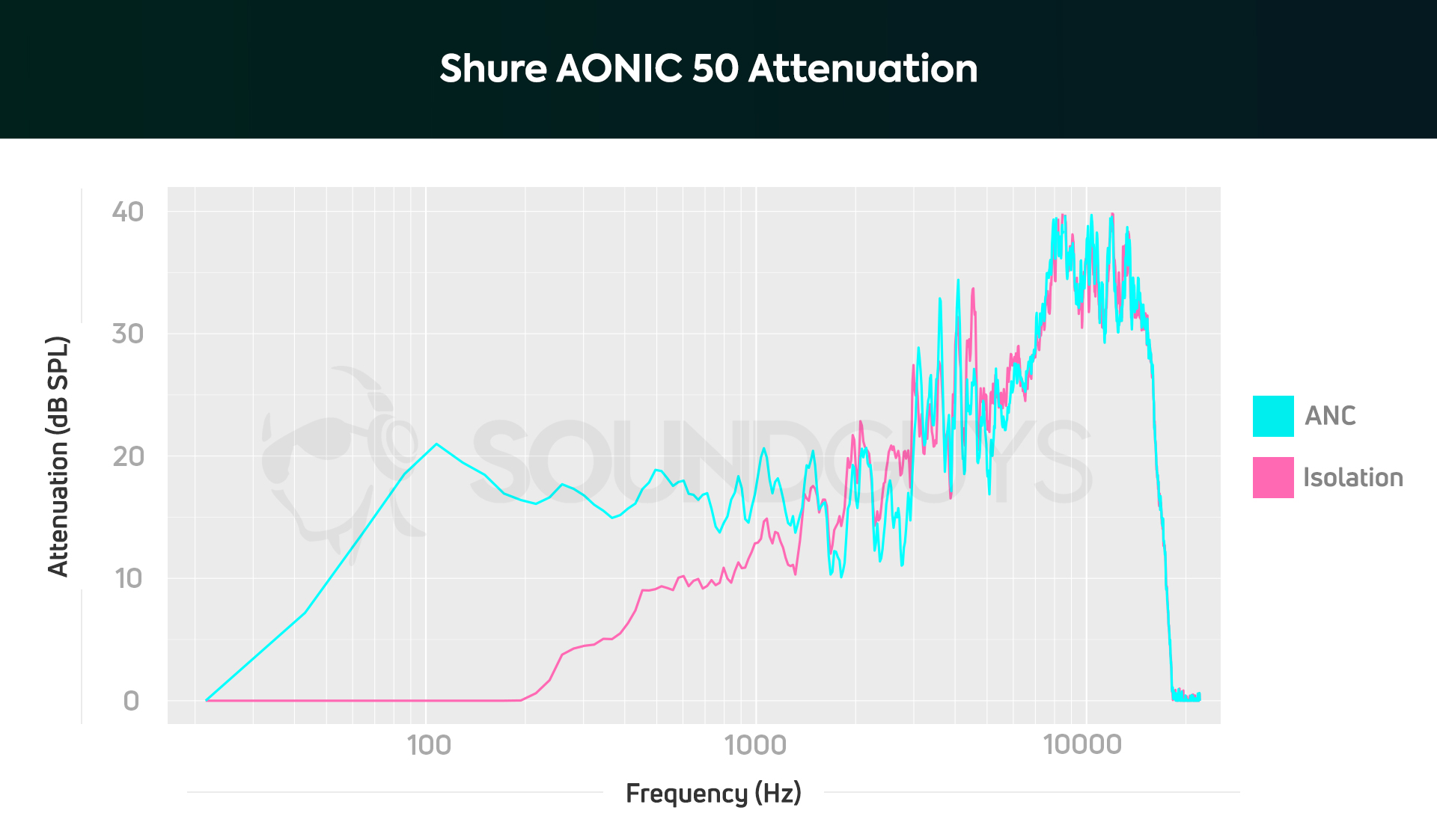
In the charts above, Sony’s headset doesn’t even touch sounds lower than 100Hz, but Shure’s headphones do so right from 20Hz and on. At 100Hz, the AONIC 50 renders noises about three times quieter than Sony’s headphones. On the other hand, the WH-1000XM3 does a better job of combating vocal noise because of the greater midrange frequency reduction. If your headphones are to live on your office desk, the Sony WH-1000XM3 is a better pick.
Related: Sony WH-1000XM4 review
Regardless of which headset you invest in, you’ll greatly benefit from noise canceling because it can help protect listeners from hearing loss. When using non-noise canceling headphones, especially out and about, you’re more likely to increase the volume to dangerous levels in order to drown out background noise. This act is often reactionary and can impact auditory health long term: exposing our eardrums to sounds louder than 85dB for extended periods of time may damage the hairs inside our ears that transmit information to our cochleas and then to our brains.
Shure's headset more effectively hushes low-frequency sounds, but Sony's is the better bet for office use.
How you value noise cancellation performance between these two headsets depends on your usage: the Shure AONIC 50 will perform much better in travel environments (e.g. on a plane, subway, as a passenger in a car), but Sony’s headphones do a better job of quieting office banter and foot traffic.
Do the Shure or Sony headphones have better sound quality?
Both headsets are incredibly capable machines with nifty features, but when you strip that all away, we’re discussing two pairs of headphones. This would be an incomplete Shure AONIC 50 vs. Sony WH-1000XM3 faceoff if we omitted raw sound quality.
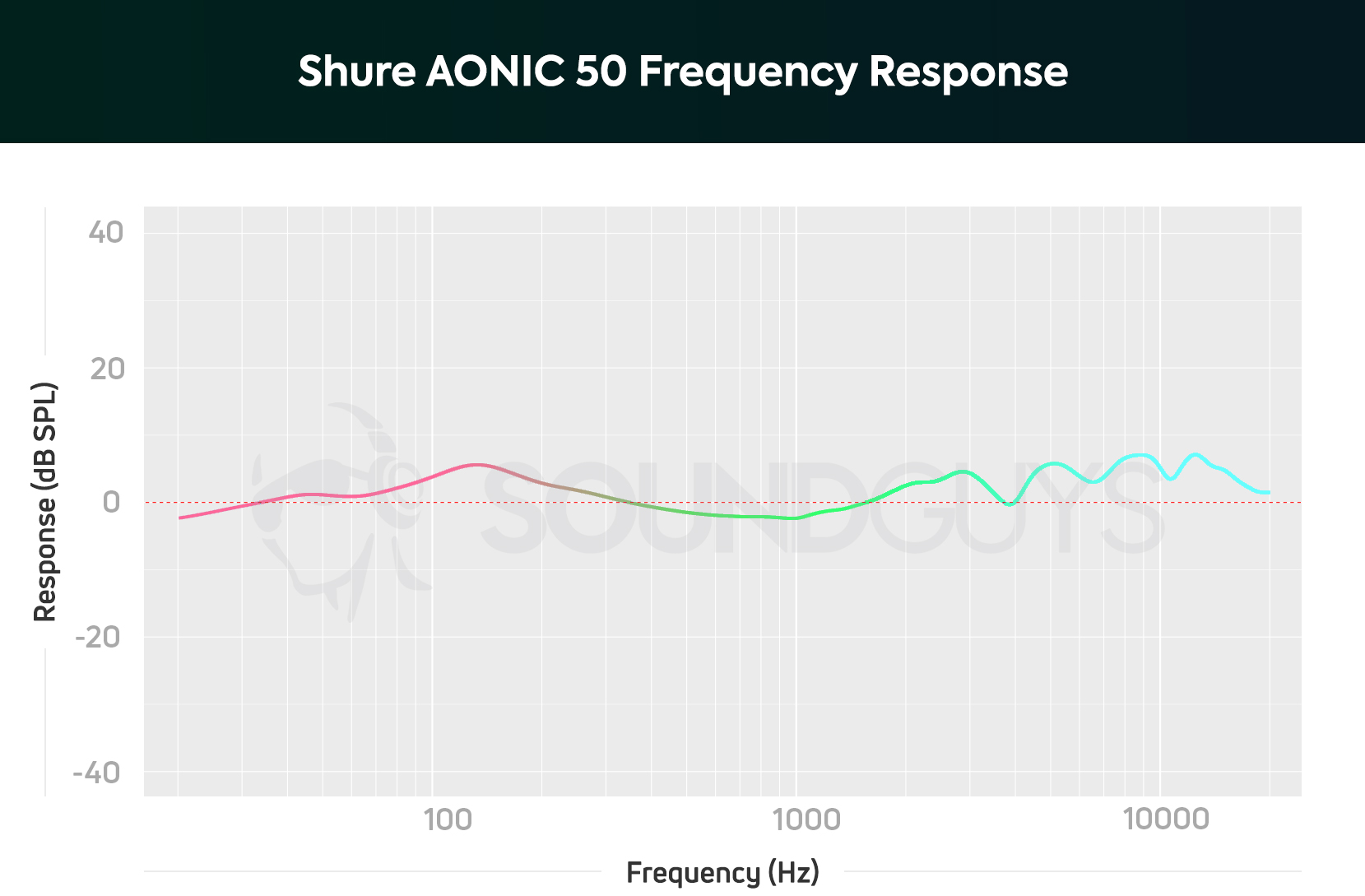
First things first: the Sony WH-1000XM3 and Shure AONIC 50 headphones both sound fantastic and can be equalized in their respective free apps, but we’re addressing out-of-the-box performance. Just like the noise canceling section, we have charts to break down objective data; the frequency response charts depict the response of each headset.
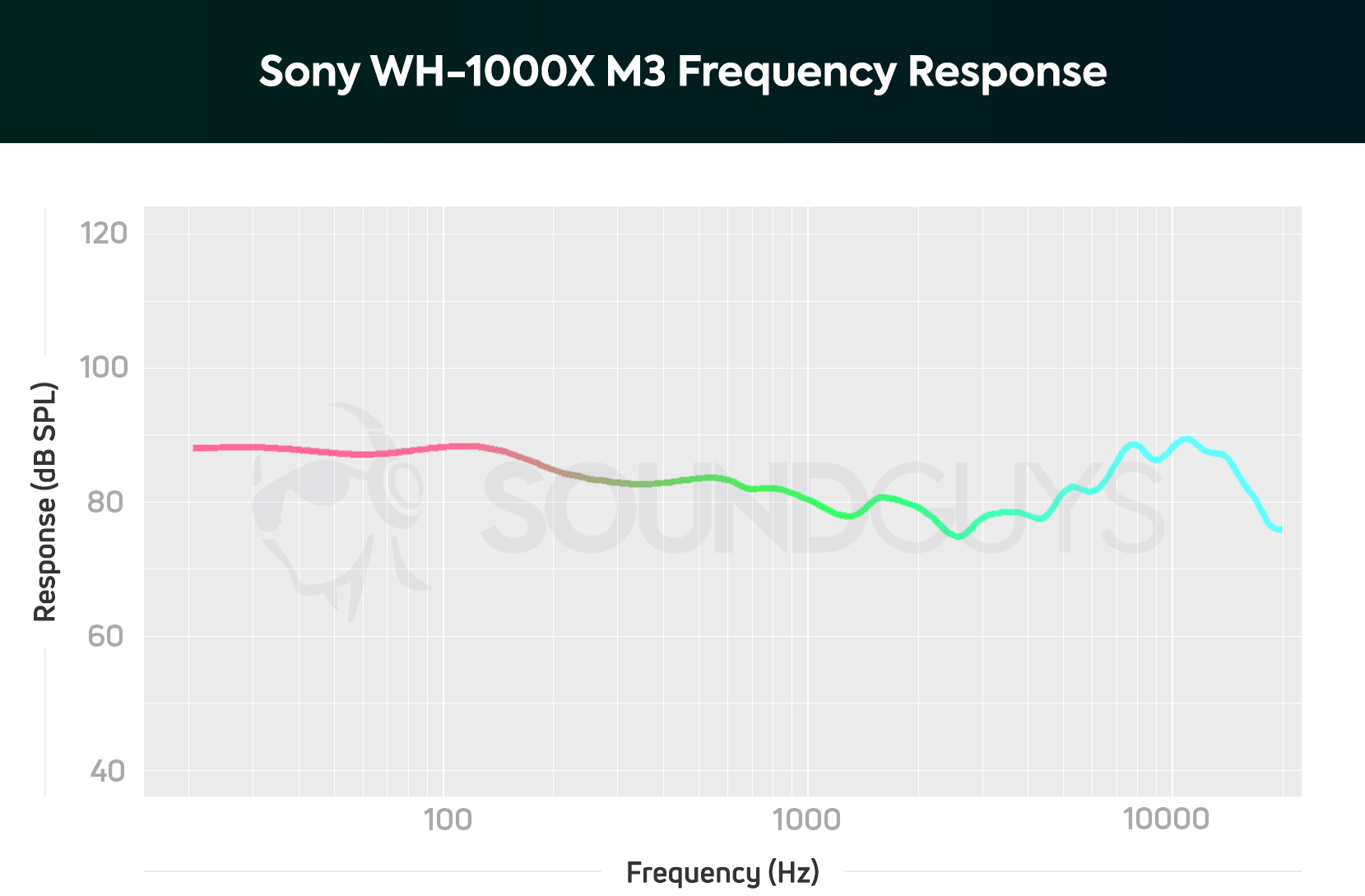
Shure and Sony’s sound signatures approach bass emphasis differently, but both headsets amplify low-frequency sounds. Shure amplifies sub-bass notes and the upper end of the bass range, while Sony keeps a consistent ~5dB emphasis until the midrange. Shure’s frequency response after firmware version 0.4.9 is more neutral because of the amplified sub-bass, and the slight boost in the treble allows for greater clarity. Midrange frequencies neatly follow the line of platonic ideal with the AONIC 50, meaning virtually any genre will sound as the artist and audio engineer intended. Sony’s headphones de-emphasize upper midrange and low-treble notes, which can make it sound like some detail is “missing” compared to the Shure AONIC 50.
The Shure AONIC 50 scored higher on our rating system by 0.9 points on overall sound quality, but Sony, again, has a trick up its proprietary sleeve: Sony 360° Reality Audio. If immersion matters most to you, Reality Audio may be a strong selling point.
Shure AONIC 50 vs Sony WH-1000XM3: What pair of headphones is the best?
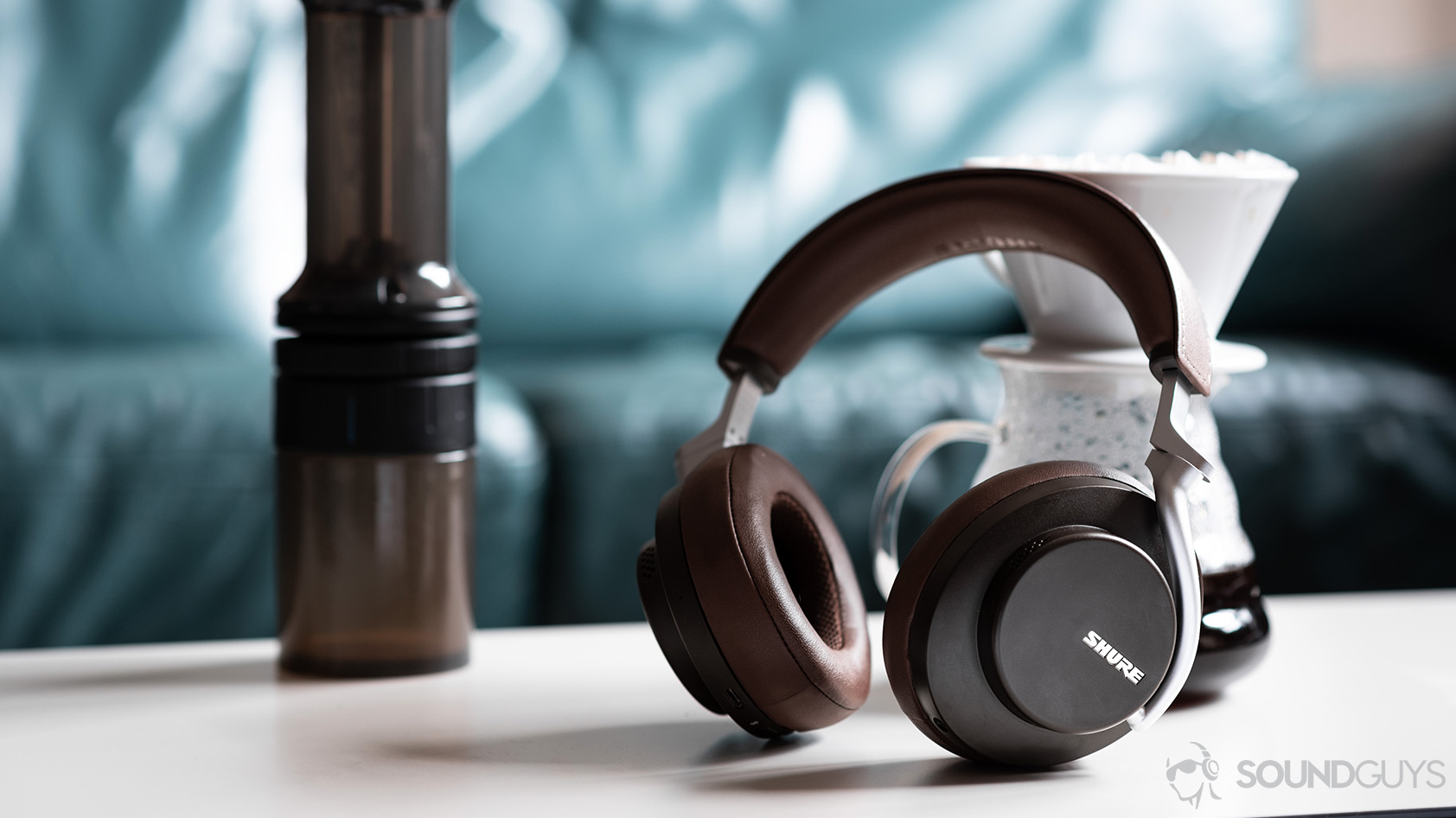
For those who’ve been keeping a tally, the Shure AONIC 50 outperforms the Sony WH-1000XM3, but there’s one thing we’ve yet to account for: value. The Sony WH-1000XM3 fulfills the needs of most consumers, especially once value and cost are taken into consideration. It’s easy to find a pair of renewed Sony WH-1000XM3 headphones for ~$250 renewed, making these headphones a true bargain. Heck, when bought new, the Sony WH-1000XM3 is still $50 cheaper than the Shure AONIC 50. Anyone who frequently travels for work may find the AONIC 50’s low-frequency noise cancellation to be worthwhile; otherwise, the rest of us will be perfectly happy with the Sony WH-1000XM3 and an extra $50 in our pockets.
What should you get instead?
The Bose QuietComfort 35 II, while a few years old, still keeps pace with new releases which is a testament to Bose’s initial build quality, noise canceling performance, and comprehensive firmware updates. The QC 35 II often goes on promotion throughout the year, so depending on the season, you might even be able to snag it for less than $200 USD. Alternatively, the Sennheiser PXC 550-II is a great headset for frequent flyers because it compacts quite effectively and has a very good microphone system.
![Bose QuietComfort 35 II[2] The Bose QuietComfort 35 II lying on an open book.](https://www.soundguys.com/wp-content/uploads/2017/10/Bose-QC35-II2-1.jpg)
Anyone who likes the idea of noise canceling headphones but doesn’t care for the bulk of over-ears should consider the Sony WF-1000XM4. This set of true wireless noise canceling earbuds has standout noise cancellation and isolation, much to do with the memory foam ear tips and ear tip fit test. Perhaps you don’t even care for noise canceling but want a pair of earbuds with great isolation, in that case, go ahead and grab the Shure AONIC 215. With Bluetooth 5.0, aptX and AAC, and the option for wired listening over an MMCX cable, audiophiles can’t go wrong here.
FAQ
The new Apple AirPods Max have memory foam ear pads and a nice design if we’re not counting the strange-looking carrying case. These active noise canceling headphones are direct competitors to both the Sony and Shure headphones, but since we haven’t had the chance to run an objective ANC test on them yet, we can’t say whether they perform better or worse. The headphones also have 40mm dynamic drivers which reportedly produce amplified bass and treble notes, but once again, we haven’t had a chance to objectively test the frequency response yet. We do know that they have Apple’s proprietary H1 chip, making for easy pairing and battery optimization with iPhones, and they also have Spatial Audio, which mimics surround sound, and is much like Sony’s 360 Reality Audio. They’re retailing for $549 starting on December 15, 2020, making them more expensive than either the Shure AONIC 50 or Sony WH-1000XM3.
There already is! You can find our Sony WH-1000XM4 vs. Shure AONIC 50 comparison here.
The Sony WH-1000XM4 were released in August 2020, and they include new features such as Bluetooth multipoint, Sony 360 Reality Audio support, and improved active noise canceling.
We reached out directly to Shure regarding the materials of the Shure AONIC 50 and received this response:
The yokes (the parts that attach the earcups to the headband) are aluminum. The earcups are resin (plastic). The earpad cushions are synthetic leather, sometimes called “protein leather.” It is not an animal product.